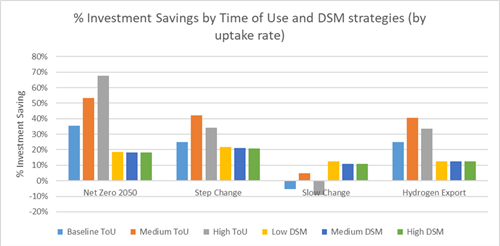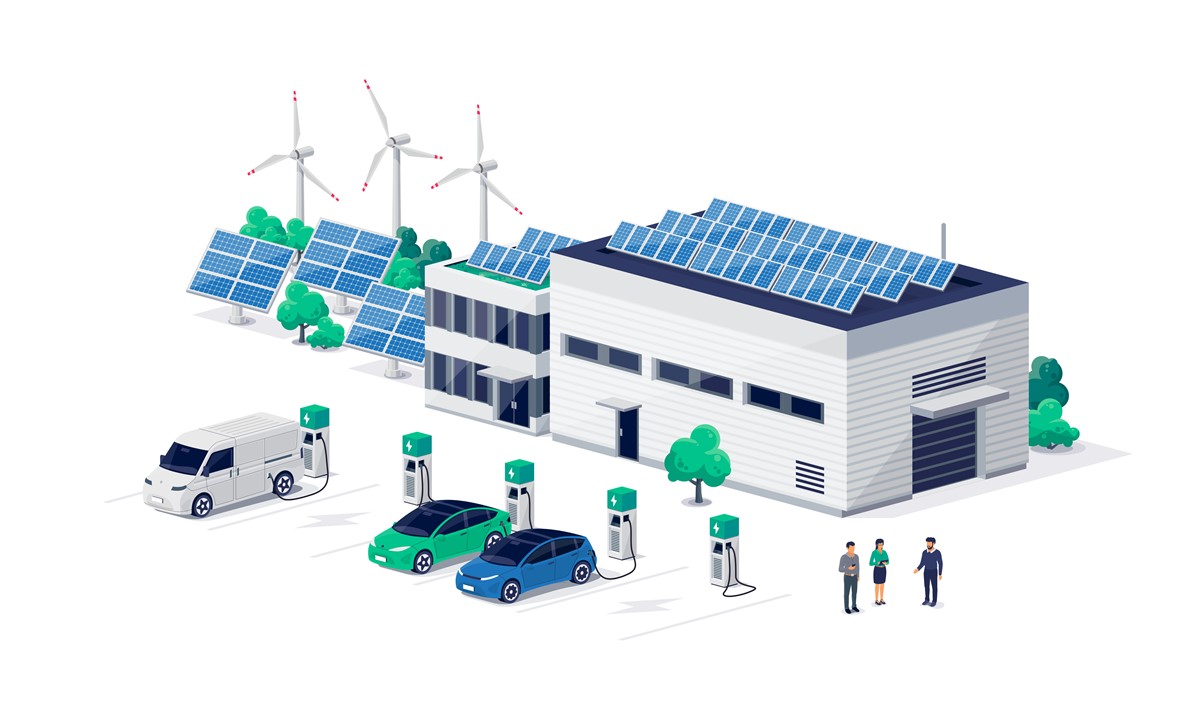Case Study: Integration of Low Carbon Technologies for TasNetworks
-
06 April 2023
-
Yogendra Vashishtha
Client: TasNetworks
This case study describes how EA Technology was asked to develop options to facilitate the connection of low carbon technologies such as Solar Photovoltaics (PV) and Electric Vehicles (EVs) to the LV network.
EA Technology can help you understand the challenges facing your network and opportunity for alternative and novel operating arrangements to minimise costs.
EA Technology utilised the Transform Model® to perform a cost-benefit analysis for Tasmania’s LV electricity distribution network. The Transform model was populated with representative network data, forecast DER scenarios and usage profiles.

EA Technology identified that the biggest obstacle TasNetworks will encounter in the future is the increasing popularity of electric vehicles. This was noticeably different to previous assumptions based on analysis completed for South Australia Power Networks which recommended dynamic operating envelopes to manage solar PV related network constraints.
For TasNetworks, EA Technology performed multiple studies considering different management strategies available to manage the load on the LV network caused by EVs.
These included the development of time of use tariffs and demand side management of EV charging. These strategies were further compared with the counterfactual of no smart management strategies and costs were compared to quantify the savings available to TasNetworks.
‟We’re at the front-line of efforts to double Tasmania’s clean energy by 2040. Embedded generation like solar PV, batteries and electric vehicles will be increasingly important. Results from this study wil help us better plan for integrating larger levels of DER in the future.”
Adeel Rana
Future Networks Team Leader, TasNetworks
‟The adoption of DER by consumers globally pose different challenges for DNSPs. In this study, the forecast EV uptake across Tasmania has shown to facilitate this. Significant network reinforcement will be required, if left unmanaged. It is encouraging to see that through the use of management strategies such as Time of Use tariffs and Demand Side Management, the necessary investment required can be reduced, keeping electricity distribution costs down for consumers.”
Thomas Stone
Project Manager, EA Technology


